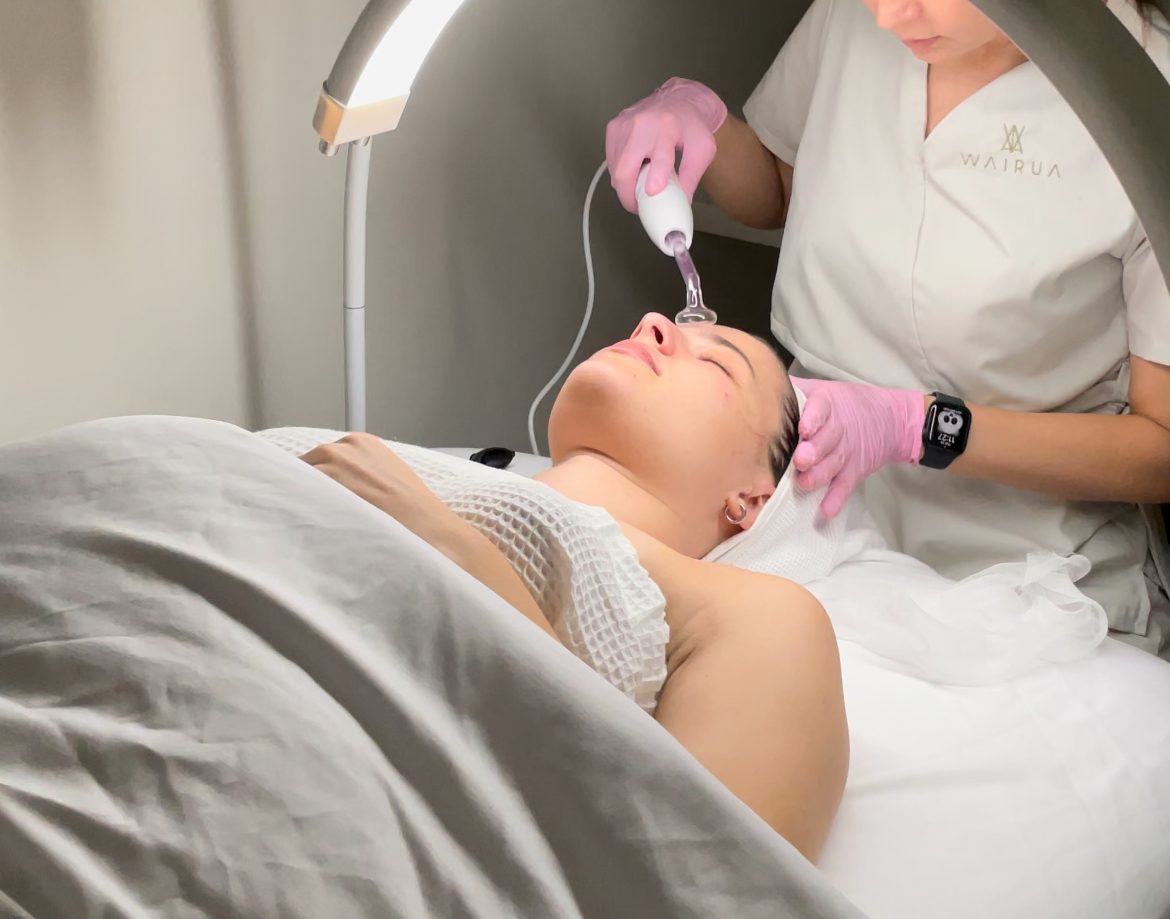Botox has long been the go-to treatment for combatting the ageing process – from targetting wrinkles to fine lines. As the world of skincare and aesthetic treatments continues to evolve, though, many people are seeking alternative options to Botox for different reasons.
Whether it’s due to concerns about the risks associated with Botox, the desire for more natural-looking results, or simply exploring what’s out there, these alternatives to Botox are becoming increasingly popular:
1. Dermal fillers
Dermal fillers are injectable treatments that restore volume and smooth out wrinkles and lines. Unlike Botox, which works by temporarily paralysing muscles, dermal fillers add volume directly under the skin.
The most common types of dermal fillers are made from hyaluronic acid, a substance naturally found in the body, which helps the skin retain moisture and stay plump.
Dermal fillers are ideal if you are looking to address volume loss or deep wrinkles that can’t be fully corrected with Botox. They are often used to enhance the cheeks, lips, and under-eye areas, as well as fill in smile lines and nasolabial folds. People who experience sagging skin or hollow areas may see dramatic improvements with dermal fillers.
Pros:
-
Results are immediate and last several months to a year, depending on the type of filler used.
-
Adds volume and hydration to the skin.
-
Can be used for a wide range of concerns beyond wrinkles, such as enhancing facial contours.
Cons:
-
Results are temporary and require regular maintenance.
-
Can cause swelling or bruising at the injection site.
2. Microneedling
Microneedling is a procedure that uses tiny needles to create micro-injuries in the skin. This stimulates the body’s natural healing process, boosting collagen production and improving skin texture and tone. While it doesn’t directly address wrinkles caused by muscle movement like Botox, it can reduce the appearance of fine lines and improve overall skin appearance.
Microneedling is ideal if you’re looking to enhance your skin’s texture and reduce the appearance of fine lines, acne scars, and stretch marks. Those with mild to moderate signs of aging or skin that has lost its youthful radiance may see noticeable improvements after a series of treatments.
Pros:
-
Stimulates collagen production, leading to firmer, smoother skin.
-
Can treat a variety of skin issues beyond wrinkles.
-
Minimal downtime.
Cons:
-
Results take time to appear, often requiring several sessions.
-
May cause redness or irritation post-treatment.
3. Ultherapy (Ultrasound Therapy)
Ultherapy is a non-invasive skin tightening treatment that uses ultrasound technology to stimulate collagen production deep within the skin. The ultrasound waves target the layers beneath the surface to lift and tighten the skin, particularly around the face and neck.
Ultherapy is an excellent option if you are experiencing mild to moderate skin laxity or sagging, typically in the midface, jawline, or neck area. Those who want to lift their skin without surgery may find Ultherapy to be an appealing alternative to Botox, especially if they are more concerned with skin laxity rather than wrinkles.
Pros:
-
Non-invasive, with no downtime required.
-
Can lift and tighten skin over time.
-
Results are long-lasting, typically lasting around a year or more.
Cons:
-
Results are gradual and can take several months to become visible.
-
Some individuals may experience mild discomfort during the treatment.
4. Radiofrequency skin treatments
Radiofrequency (RF) skin treatments, such as Thermage, use energy waves to heat the deep layers of the skin, which stimulates collagen production and tightens the skin. Unlike Botox, which targets wrinkles caused by muscle movements, RF treatments work on improving skin texture and tone by encouraging the skin to renew itself.
Radiofrequency treatments are ideal for individuals with loose or sagging skin, particularly in the face, neck, and eyes. If you are battling mild signs of aging, such as sagging skin or fine lines, you might see improvements in skin firmness and texture. It’s also great for people who are not ready for more invasive procedures like facelifts.
Pros:
-
Non-invasive with no downtime.
-
Stimulates collagen production for long-term skin tightening.
-
Results can be seen gradually, over a few months.
Cons:
-
Results take time to develop.
-
May require multiple sessions for optimal results.
5. Peptide and growth factor serums
Peptide and growth factor serums are topical treatments that can help rejuvenate the skin by encouraging collagen production and improving skin texture. While they do not offer immediate or dramatic results like Botox, these products can be beneficial for maintaining youthful skin and preventing the development of wrinkles.
These serums are best for individuals who prefer a non-invasive, at-home solution to fine lines and skin aging. They’re particularly useful for younger individuals who want to proactively maintain their skin’s health and prevent deeper wrinkles from forming over time.
Pros:
-
Convenient and easy to use at home.
-
Helps improve skin texture and elasticity over time.
-
Non-invasive with no risk of injections.
Cons:
-
Results are gradual and require consistent use.
-
Cannot provide the immediate, dramatic effects that Botox or fillers can
Which alternative is right for you?
The best Botox alternative depends on your individual concerns and goals. Botox works best for those focused on relaxing dynamic wrinkles caused by muscle movements, while these alternatives can help with a variety of skin concerns such as volume loss, texture, and sagging.
-
For volume restoration: Dermal fillers may be your best bet.
-
For skin texture and tone: Microneedling and growth factor serums are great options.
-
For skin tightening: Ultherapy or RF treatments can provide noticeable lifting effects.
-
For sagging skin: Thread lifts and Ultherapy could be a better fit.
Always consult with a qualified dermatologist or aesthetic specialist to determine the most appropriate treatment for your skin type and goals.
ALSO SEE:
Featured image: DupePhoto

